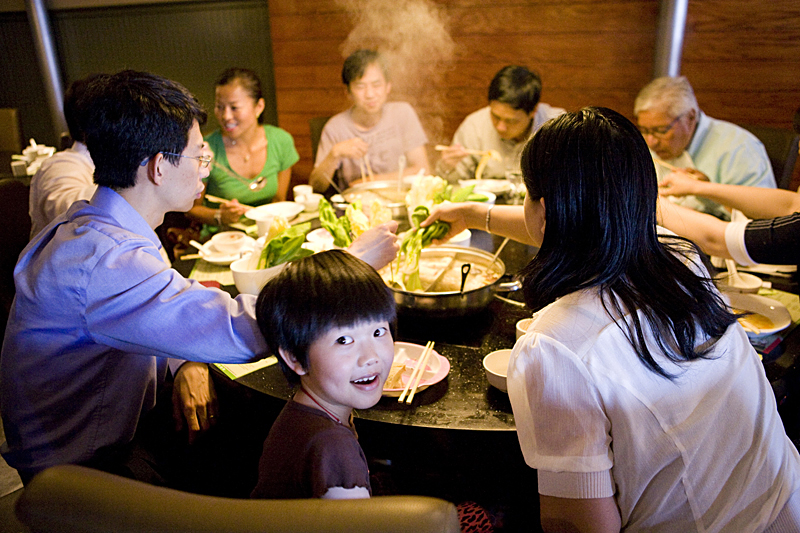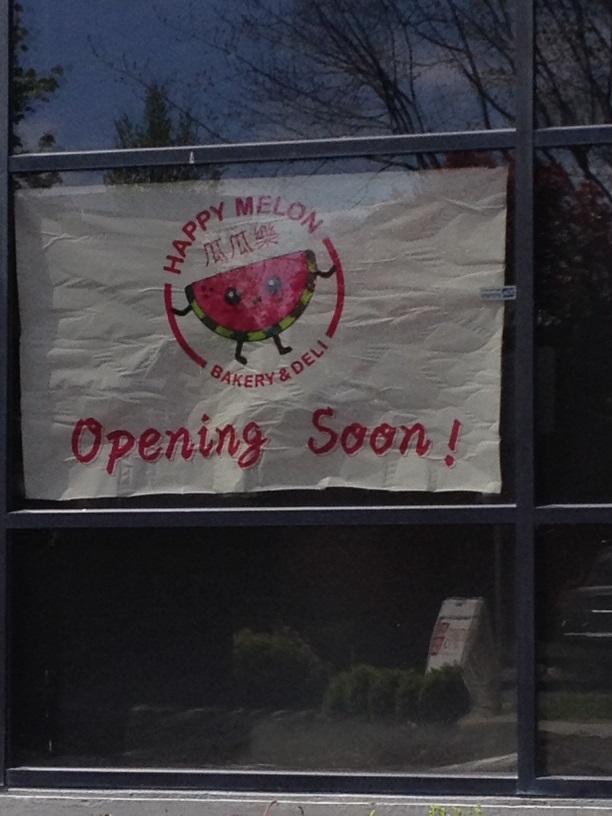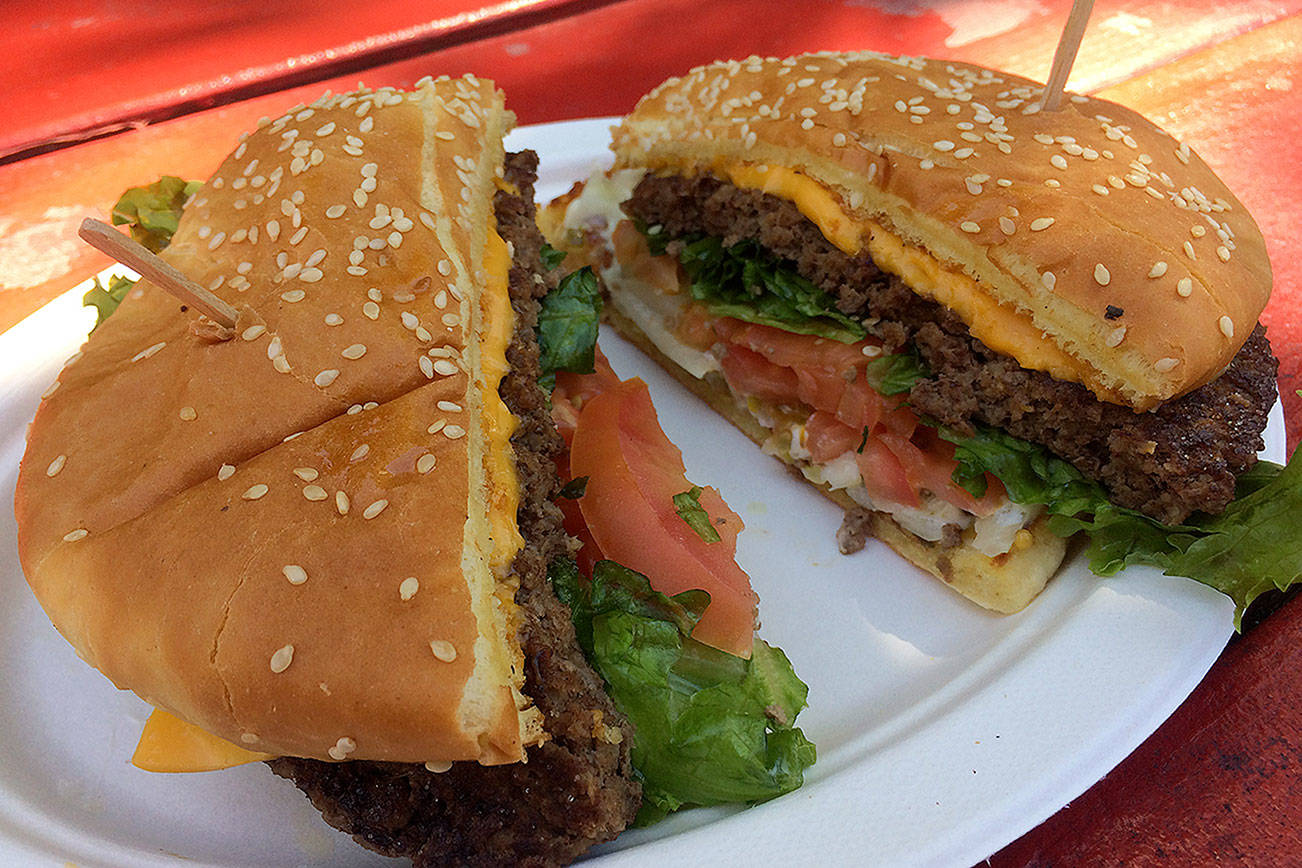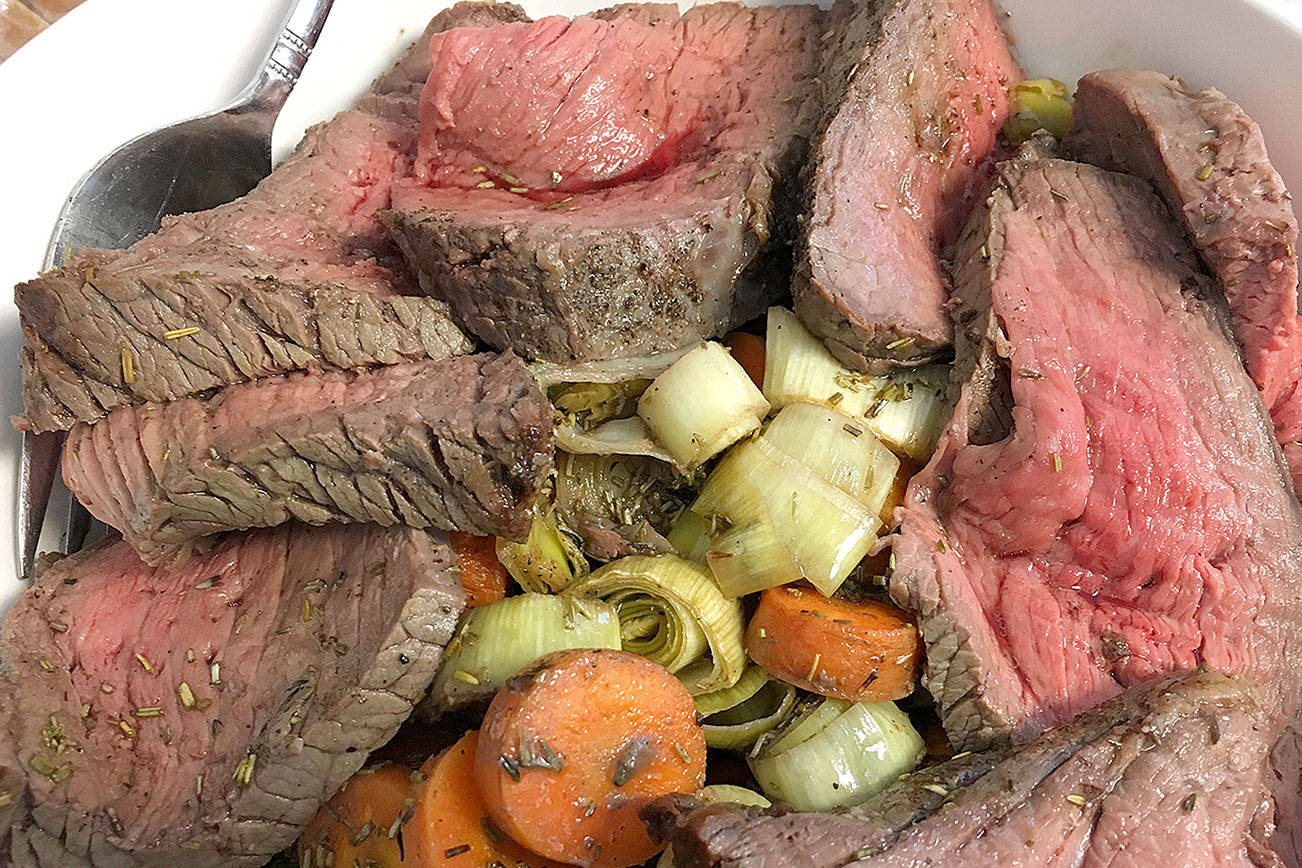Soup devotees of all ages, outlooks, and ethnic backgrounds congregate at Little Sheep Hot Pot, especially on summer Tuesday evenings, when the chipper Bellevue restaurant offers an all-you-can-eat special. But gathered around the boiling kettle that’s the centerpiece of every Little Sheep table are only two types of people: altruists and egoists.
Confronted with a roiling shared pot of milky soup broth, bobbing with wrinkly dried fruits and a massive black cardamom pod, the altruists survey the smorgasbord of meats, organs, and vegetables they’ve chosen from a checklist of more than 100 items. They assess each selection’s fat and flavor, scheming how they might improve the already-elaborate soup base and coddle their dining companions. Communing silently with the soup, they ask: “What can I do for you?”
Seated at the same table, the egoists subject the ingredients to a very different test. They scan the platters of raw lamb shoulder, sliced beef injected with beer, cuttlefish balls, jiggling scallops, frozen tofu, and bamboo hearts for the item most likely to shriek with flavor after lazily rafting through the soup. Anticipating the pleasure they’ll pluck from the stainless-steel pot with their chopsticks, they stare at the soup and think: “What can you do for me?”
Thankfully, there’s plenty of room for altruists and egoists at Little Sheep Hot Pot, which the fire department has green-lit for 274 people, although management has capped the seating at closer to 200. If you’re wise, you’ll bring eaters from both philosophical camps, since Little Sheep is best enjoyed as a party. Mongolian-style hot pot, mild and lamb-centric, is as collegial and spirited as Swiss fondue—but hasn’t yet acquired the kitschiness of an overplayed fad.
That might soon change. Little Sheep, a family dining chain so ubiquitous in China that it’s been described as the nation’s version of Applebee’s, has adopted an aggressive U.S. expansion strategy. The restaurant currently has only seven stateside locations, but hopes to open another five in the Puget Sound region over the next five years. The formula certainly has worked in China, where Little Sheep’s 5,000 locations have been phenomenally successful. Sufficiently impressed, Yum Brands—the company responsible for Pizza Hut, Taco Bell, and KFC—recently bought the chain’s Chinese division, announcing plans to quadruple its restaurant numbers in Asia.
Little Sheep is where Chinese go to celebrate officemates’ birthdays and reunite with relatives. It’s such a fixture in many communities that an enterprising Bellevue restaurateur in 2009 opened a fraudulent Little Sheep less than a mile from where the real Little Sheep settled this spring, taking advantage of a quirk in copyright law that leaves Chinese pictograms free for the taking. The presence of two Little Sheeps has flummoxed Bellevue eaters and led to scores of meeting mishaps, with parties finding their missing members marooned at the wrong Little Sheep. Servers at the legitimate Little Sheep are commonly asked whether their restaurant is “the real one.”
“We tell them from the taste of the soup, they’ll know right away,” regional manager Steve Yang says, adding that Little Sheep’s legal team is seeking a more tangible solution.
Broth is the basis for everything that happens at Little Sheep. There are two versions: house original and house spicy, although tables which can’t reach consensus can go halfsies, ordering a bowl segmented by a yin-yang curve of steel. The spicy broth earns its rust-red sheen from a dollop of chili oil; since the peppers aren’t simmered into the soup, it’s not much hotter than bowling-alley buffalo wings.
“It’s not meant to be extremely spicy,” Yang says. “A lot of people ask for it to be spicier, which is understandable, but it’s meant to be a flavorful spice.”
Yang attributes the repeated requests for hot sauce to the demographics of his clientele. “We have more northern- Chinese customers,” Yang explains. “They tend to eat saltier, eat more flavorful. Southern Chinese is more bland.”
The kitchen has adjusted its spicing to accommodate its customers’ proclivities, but the spicy broth has retained its dominant sweet notes. Too much heat would obscure the delicate flavor of the lamb, Yang says.
Little Sheep’s signature broth was crafted to showcase lamb. Yang can’t remember every herb and spice required for its preparation, but even a small portion of the recipe reads like a sorcerer’s shopping list. There are chicken bones, beef bones, hambones, ginseng, lotus seeds, lady bells, dried lychees, and dried lilies. There isn’t any MSG, presumably because it wouldn’t fit: A curious eater poking through the broth will uncover hordes of shriveled goji berries, pink as a young girl’s lipstick, and countless cloves of garlic.
“I’m sure you tasted the garlic,” Yang tells me. Indeed, the broth is audaciously garlicky, telegraphing its pungent intentions before the pot reaches the table. The aroma of garlic hovers over the soup like a thought cloud. But garlic isn’t the broth’s predominant flavor. The soup smacks of cumin, imparting an impression so intense that the taste of cumin lingers long after the bowl’s been drained. Hours after leaving Little Sheep, I wondered if I had cumin in my hair.
Hot-pot beginners usually order mounds of vegetables, which take up too much room in the pot and don’t transmogrify as do meats such as pork belly, streaked with fat primed to melt. Little Sheep’s servers, who do a terrific job of explaining how hot pot works, are trained to edit unsure customers’ orders, striking unnecessary pea sprouts, cabbage, and watercress from their penciled-in sheets. Although Yang despairs that the tutorial absorbs 10 minutes of time that might be better spent delivering fish balls to savvy diners, eaters dazed by the room’s hubbub and menu’s length no doubt appreciate the graciousness.
Little Sheep’s servers are sometimes overly protective of first-timers. My server scrunched his brow when he discovered I’d checked the box marked “chicken feet.” “Who ordered this?” he asked accusatorily. To his credit, he didn’t withhold the item or argue that I wouldn’t like it. (Despite my affection for chicken feet, I didn’t. Chicken feet require more than a quick dip in hot soup.)
In addition to rolled slices of meat shaved thin as newspaper, noodles, meatballs, and greens, Little Sheep offers its hot-potters a remarkable lamb wonton, its onion-flecked meat straining against a delicate wrapper. The lamb, tinted with oil, has an outsized flavor that sings of meadows. The wontons are a fine reason to nab a seat alongside one of your group’s altruists. Or, since the wontons might cause even the most generous diner to rethink a propensity to share, just order a few extra servings.
While swiping meat and mushrooms through soup is the central activity at Little Sheep, a few side dishes shouldn’t be missed. The robust barbecued-beef skewers are excellent, and nobody should have a beer in one hand without Little Sheep’s vinegar-doused roasted peanuts within easy reach of the other.
Then there’s the flaky meat pie, layered with ground lamb, onion, and garlic. Fried golden, the fragrant, canapé-sized pie is sturdy and hearty, reminiscent of a shepherd’s snack. The pies are to Little Sheep as mozzarella sticks are to Applebee’s, insanely satisfying and bound to turn up on nearly every table.
Back in China, the pies are made with housemade noodles, but Yang says Little Sheep can’t find the right flour in the U.S. “Here, we buy flour tortillas for the wrap,” Yang says. “It’s the closest we can find.”
Little Sheep may be relatively new to the U.S., but it doesn’t get much more American than that.
Price Guide
Soup base $3.75
Lamb shoulder $6.25
Shrimp ball $8.95
Scallops $8.95
Spinach $3.95
Frozen tofu $2.95
Lamb wonton $4.95
Beef skewer $6.95








